Beyond colostomy
The troublesome daily management, cosmetic worries, and associated mental health issues of colostomy are crushing burdens for many.
These burdens can no longer be ignored.
“Construction of stoma = cured” is just the point of view of the treating side.
A life with a stoma is not what it once was.
What if there was an option other than colostomy?
What if there was a more natural and comfortable way to live?
Our “Anorectal Transplant Research Group” works to provide better options for stoma patients.
We will continue our research until the possibility of life beyond colostomy becomes a reality.
Research Content
Defecation is as important as being able to eat.
How important is it to be able to eat? You would probably say, “It’s very important.” You wouldn’t say, “It doesn’t matter if I can’t eat, because I can get nutrition through a feeding tube to keep me alive. So, I don’t need to eat by myself.”
The actions we perform in our daily lives, such as eating, dressing, moving, grooming, bathing, and toileting, are called ADL (Activities of Daily Living). How well we can perform these activities naturally affects how much we can live independently and with pride. Maintaining and improving ADL function is very important from the perspective of QOL (Quality of Life). Why is it so vital to improve and maintain ADL? Because each function is closely related to other functions. When we lose the ability to do one activity by ourselves, it negatively affects other activities as well.
There is no difference in importance among various daily activities, such as eating, dressing, moving, grooming, bathing, and toileting. We cannot compare the importance of living functions, such as “It is better to be unable to defecate than to be unable to eat.” Excretion is as important as being able to eat, being able to change clothes by oneself, and being able to go where one wants to go.
When defecation becomes difficult, are there any options? What kind of treatments are available for people who have lost the function of their anus due to various reasons, such as congenital diseases, cancer removal, or trauma?
Currently, people with defecation dysfunction receive a “stoma”, an artificial anus. There is no standard treatment to replace the stoma at present. Creating a stoma alleviates symptoms and saves lives. Medical professionals may think, “This is cured.” However, the problems caused by the stoma are a very heavy burden for patients.
What are the difficulties faced by patients with a stoma? Three major problems need to be solved:
- Management problems: A stoma requires frequent care. If proper stoma management is neglected, it can lead to skin problems, blood flow disorders, and even necrosis.
- Cosmetic worries: People with a stoma may be very concerned about its appearance and reluctant to ever expose their abdomens.
- Psychological burden: Various burdens exist, such as clothing restrictions, and having to look for stoma-friendly toilets when out and about. When you live with a stoma, you are forced to face these problems. In the current situation, many patients suffer between the joy of being saved and the burden of the stoma, a burden with no end in sight unless alternative treatments are developed.
A new option, “anal transplantation”
The Anal Transplantation Research Group was established to present a way to overcome the problems of the stoma. We aim to realize anal transplantation (allogeneic composite tissue transplantation) as a new option for people with defecation dysfunction.
When we hear the word “transplant”, most of us think of life-sustaining organs, that is, organs that are necessary to maintain life. However, transplantation of composite tissues, (skin, muscle, bone, nerve, etc.) that are not life-sustaining but very important for life, has begun to be realized. For example, transplantations of the face, arm, uterus, and penis have been successfully performed all over the world.
The success of these studies has given hope to many people. And we think that transplantation of the anus, which is a composite tissue, is also possible. As a result of our research, we have succeeded in anal transplantation experiments with animals and human cadavers. If anal transplantation becomes possible for people with defecation dysfunction, it will be a revolutionary treatment.
Anal transplantation has the following advantages:
- Management benefit: Management problems, such as changing the stoma and inflammation of the surrounding skin, can be overcome.
- Cosmetic benefit: Cosmetic burdens, such as having to hide the abdomen, are small.
- Psychological burden reduction: You can be free from various stresses, such as having to worry about the smell.
- There is less risk to life — even if rejection occurs, you can go back to using the stoma.
If anal transplantation is established as a treatment, it will be a way for those with defecation dysfunction to regain their confidence, ease their mental pain, and live more naturally, comfortably and authentically. If there is another option besides the stoma, many people may feel that they finally are cured in the full sense of that word.
We in the “Anal Transplantation Research Group”, will continue our work to provide this new option.
Member
Araki Jun
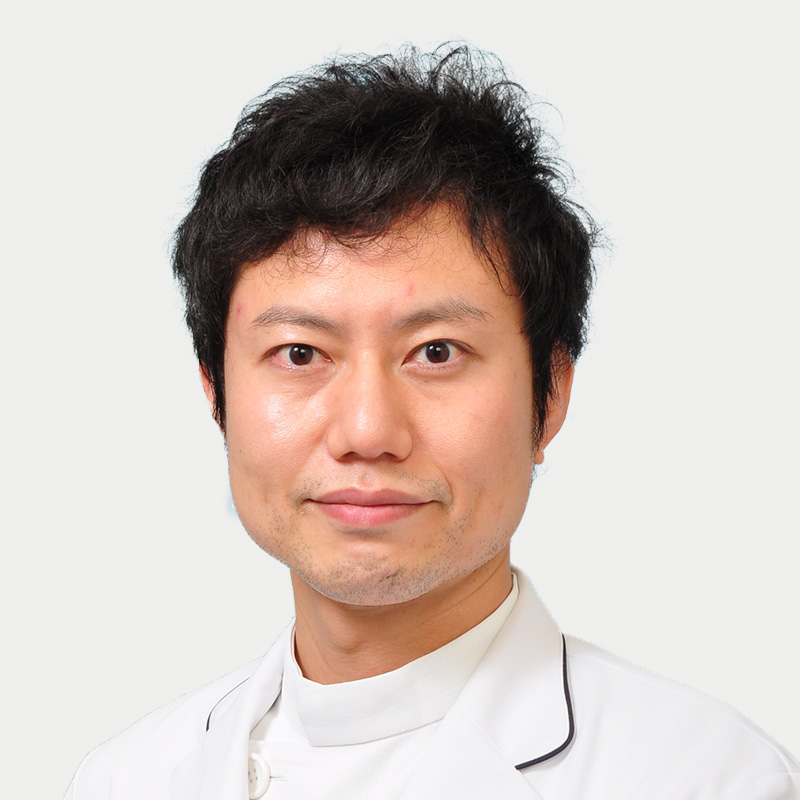
Affiliation
Division of Plastic and Reconstructive Surgery,
Shizuoka Cancer Center Hospital, Shizuoka,
Japan
External Links
Nishizawa Yuji

Affiliation
Department of Colorectal Surgery, National
Cancer Center Hospital East, Kashiwa, Japan
External Links
Naito Munekazu
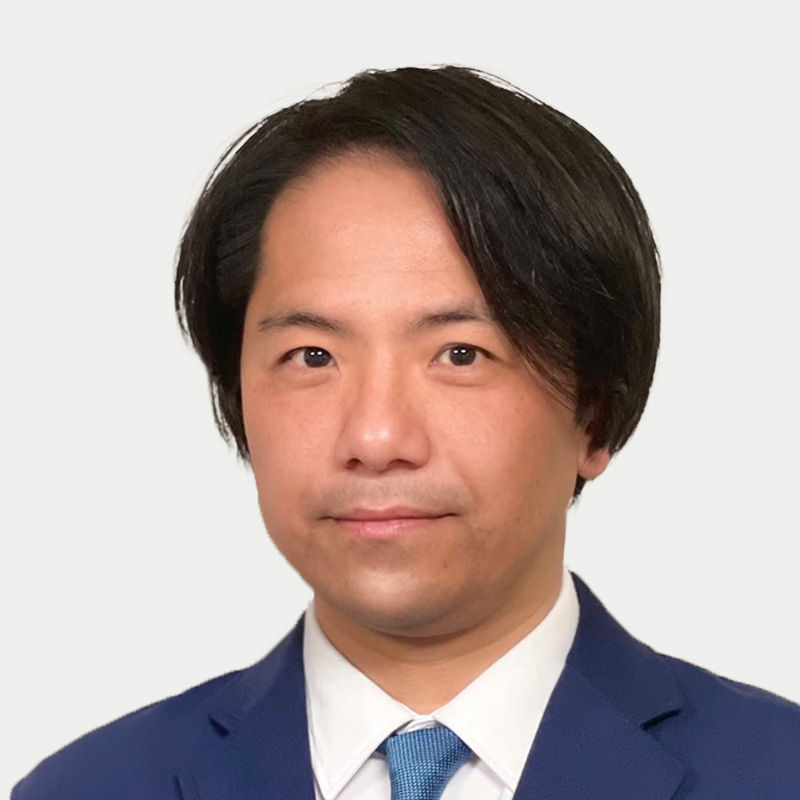
Affiliation
Department of Anatomy, Aichi Medical University,
Aichi, Japan
External Links
Fujita Naoki

Affiliation
Laboratory of Veterinary Surgery, Graduate
School of Agricultural and Life Science, The
University of Tokyo, Tokyo, Japan
External Links
Sato Tomoyuki
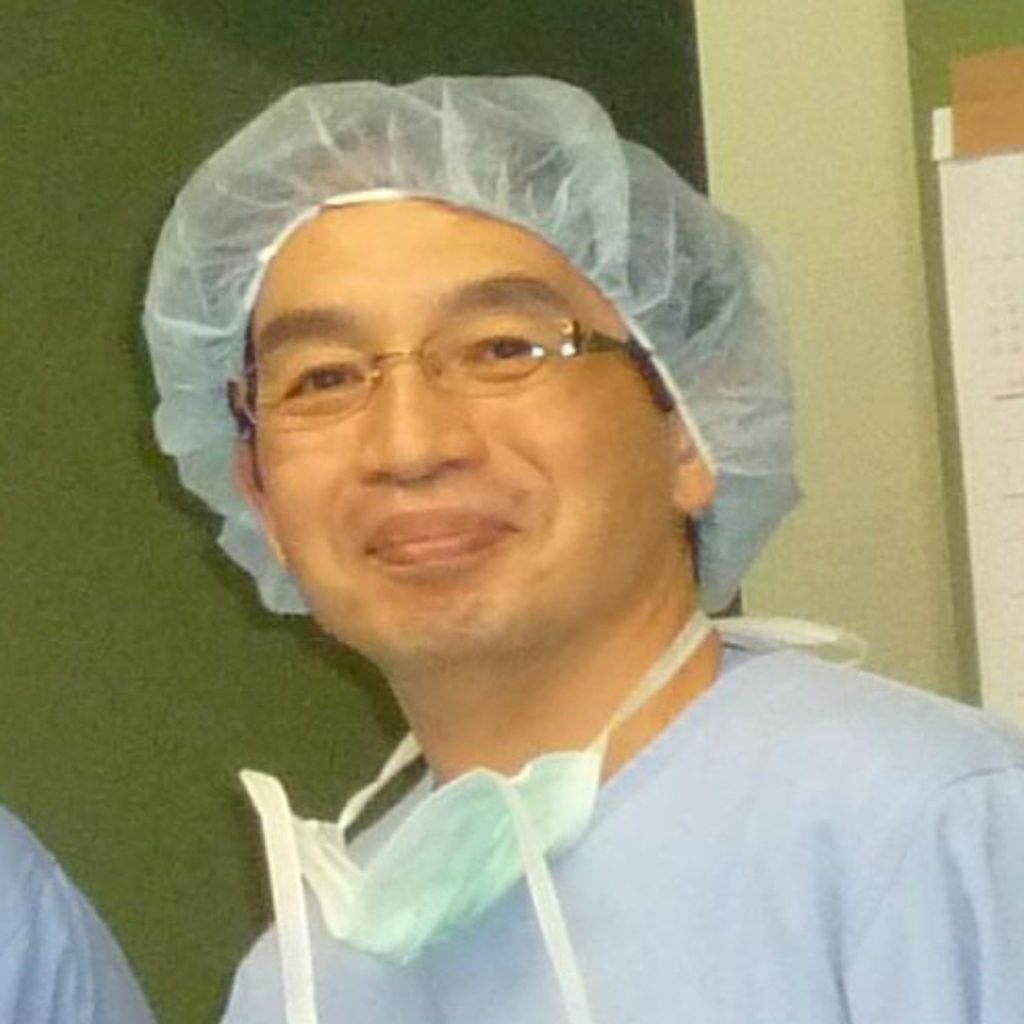
Affiliation
Saitama Shinkaibashi Clinic, Saitama, Japan
External Links
Sano Kana
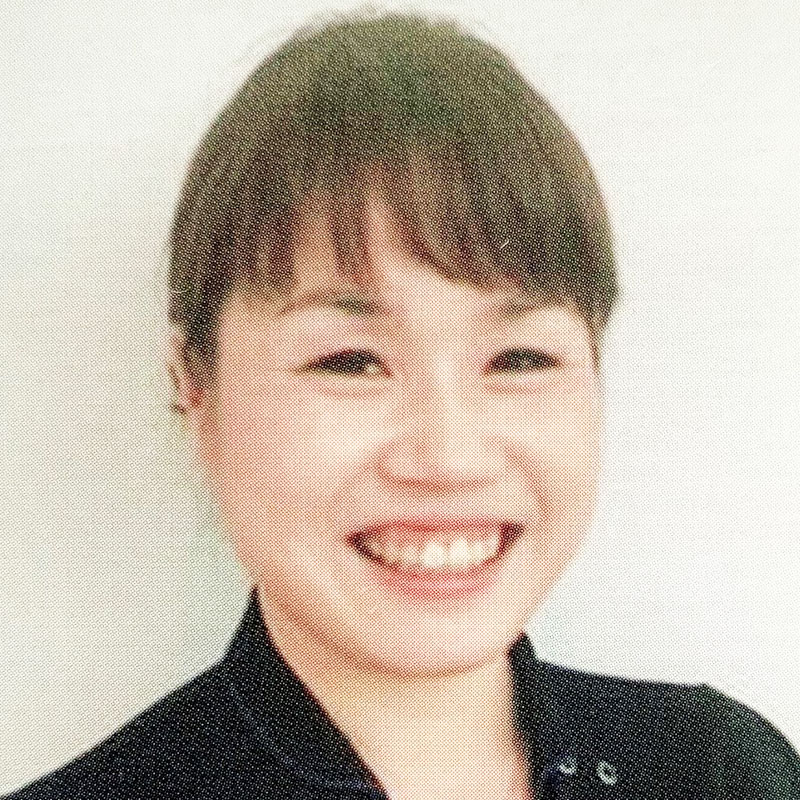
Affiliation
Department of Nursing, Shizuoka Cancer Center
Hospital, Shizuoka, Japan
External Links
Flávio Henrique Ferreira Galvão

Affiliation
Laboratory of Liver Transplantation and
Experimental Surgery (LIM-37), Division of Liver
Transplantation, Department of
Gastroenterology, Faculdade de Medicina da
Universidade de São Paulo (FMUSP), São Paulo,
Brazil
Abhijit Chandra

Affiliation
Department of Surgical Gastroenterology, King
George’s Medical College, Lucknow – 226003, UP.
India
Bohdan Pomahac
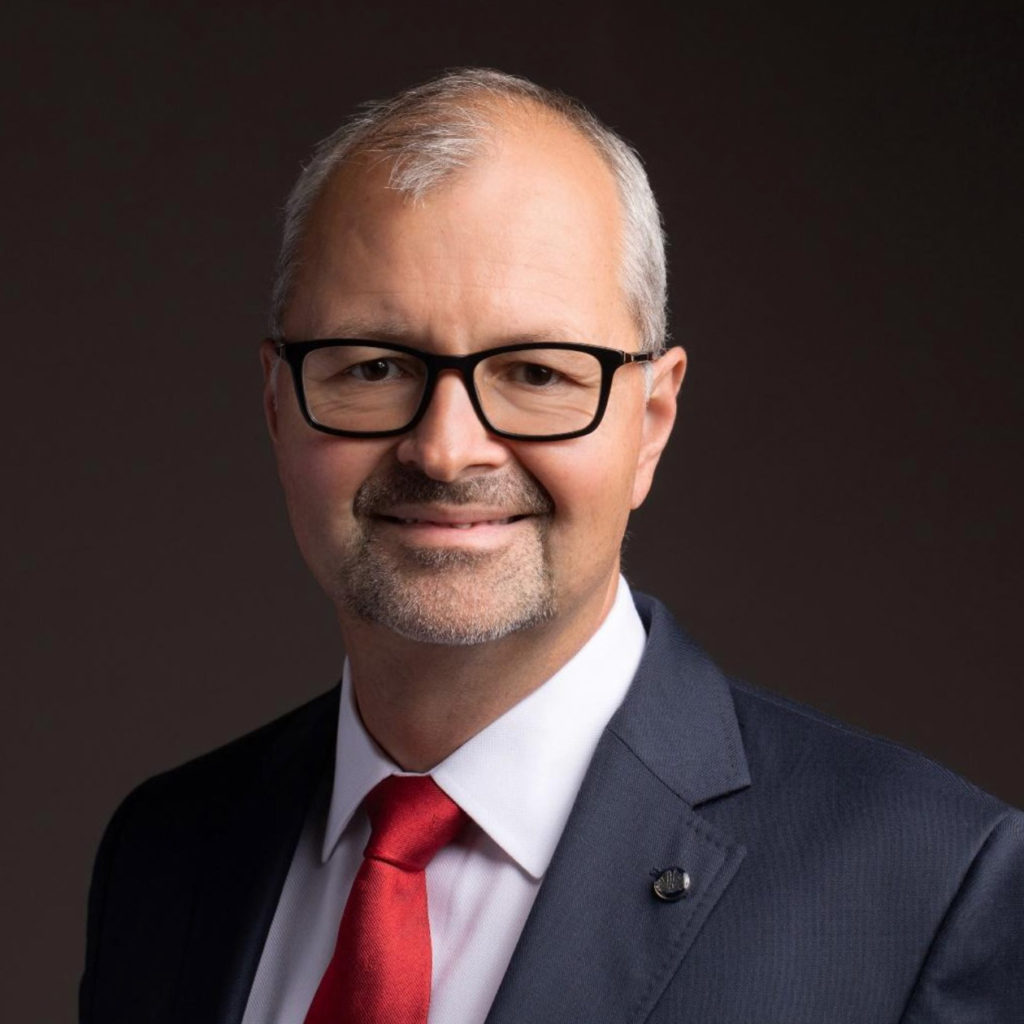
Affiliation
Division of Plastic and Reconstructive Surgery,
Yale University School of Medicine, New Haven,
CT 06510, USA.
Charles V. McKay

Affiliation
Secretariat member
Publications
Araki J, Nishizawa Y, Fujita N, Sato T, Lizuka T, Komata M, Hatayama N, Yakura T, Hirai S, Tashiro K, Galvão FHF, Nakamura T, Nakagawa M, Naito M. Anorectal Transplantation: The First Long-term Success in a Canine Model. Ann Surg. 275: e636-e644. 2022.
Galvão FH, Waisberg DR, Seid VE, Costa AC, Chaib E, Baptista RR, Capelozzi VL, Lanchotte C, Cruz RJ, Araki J, D’Albuquerque LC. Allogeneic anorectal transplantation in rats: technical considerations and preliminary results. Sci Rep. 4: 30894. 2016.
Seid VE, Galvão FH, Vaidya A, Waisberg DR, Cruz RJ Jr, Chaib E, Nahas SC, Araujo SE, D’Albuquerque LA, Araki J. Functional outcome of autologous anorectal transplantation in an experimental model. Br J Surg. 102: 558-562. 2015.
Araki J, Sakai H, Takeuchi D, Kagaya Y, Tashiro K, Naito M, Mihara M, Narushima M, Iida T, Koshima I. Normothermic preservation of the rat hind limb with artificial oxygen-carrying hemoglobin vesicles. Transplantation. 99: 687-692. 2015.
Araki J, Kato H, Doi K, Kuno S, Kinoshita K, Mineda K, Kanayama K, Yoshimura K. Application of normobaric hyperoxygenation to an ischemic flap and a composite skin graft. Plast Reconstr Surg Glob Open. 2: e152. 2014.
Araki J, Nishizawa Y, Nakamura T, Sato T, Naito M, Hatayama N, Hirai S, Tashiro K, Koshima I. Anorectal autotransplantation in a canine model: the first successful report in the short term with the non-laparotomy approach. Sci Rep. 10: 6312. 2014.
Araki J, Nishizawa Y, Sato T, Naito M, Akita K, Tashiro K, Iida T, Koshima I. Anorectal transplantation in human cadavers: mock anorectal allotransplantation. PLoS One. 8: e68977. 2013.
Araki J, Nishizawa Y, Nakamura T, Sato T, Naito M, Fujii S, Mihara M, Koshima I. The development of a canine anorectal autotransplantation model based on blood supply: a preliminary case report. PLoS One. 7: e44310. 2012.
荒木淳、西澤祐吏、斎藤憲男、光嶋勲.ストーマ患者に対する直腸肛門移植研究の現状.日本外科学会誌.116: 114-118. 2015.
西澤祐吏. 直腸癌治療の温故知新 8.術後合併症―LARS と排便機能障害への対応―. 日本外科学会誌 122( 4 ):404 – 410,2021
Presentation
- Araki J, Nishizawa Y, Fujita N, Naito M, Galvao F, Nakagawa M.
“New vascularized composite allotransplantation for stoma patients”
2019 Annual Meetings AAHS ASPN ASRM
Jan 30, 2019 – Feb 5, 2019
Palm Desert, California - Araki J, Ito T, Nakao J, Onitsuka T, Nakagawa M.
“Risk factors for gastric-tube dependence after tongue reconstruction: A retrospective and multicenter analysis of 582 patients in 31 institutions”
30th EURAPS Annual Meeting
23rd-25th May 2019, Helsinki, Finland


- Araki J, Nishizawa Y, Fujita N, Naito M, Galvao F, Nakagawa M.
“International collaboration research on anorectal transplantation”
World Microsurgery Summit of Hung-Chi Chen Fellows
10th-11th June 2019, Pisa, Italy - Araki J, Ito T, Nakao J, Onitsuka T, Nakagawa M.
“Risk factors for gastric-tube dependence after tongue reconstruction: A retrospective and multicenter analysis of 582 patients in 31 institutions”
10th Congress of World Society for Reconstructive Microsurgery
12th-15th June 2019, Bologna, Italy - Araki J, Nishizawa Y, Fujita N, Naito M, Galvao F, Nakagawa M.
“Anorectal transplantation: the first long-term successful report in a preclinical canine model” 16th Congress of the Asian Society of Transplantation (CAST 2019)
29th September – 2nd October 2019, Delhi/NCR, India - Araki J, Nishizawa Y, Fujita N, Naito M, Galvao F, Nakagawa M.
“Anorectal transplantation: the first long-term successful report in a preclinical canine model” The 14th congress of the ISVCA
September 30th and October 1st 2019, Delhi/NCR, India - Araki J, Sakai H, Naito M, Nakao J, Nakagawa M.
“Normothermic preservation of the rat hind limb with artificial oxygen-carrying hemoglobin vesicles and the possibility of therapeutic application”
The 17th International Symposium on Blood Substitutes & Oxygen Therapeutics (XVII-ISBS-2019) November 21 – 23, 2019, Nara, Japan
